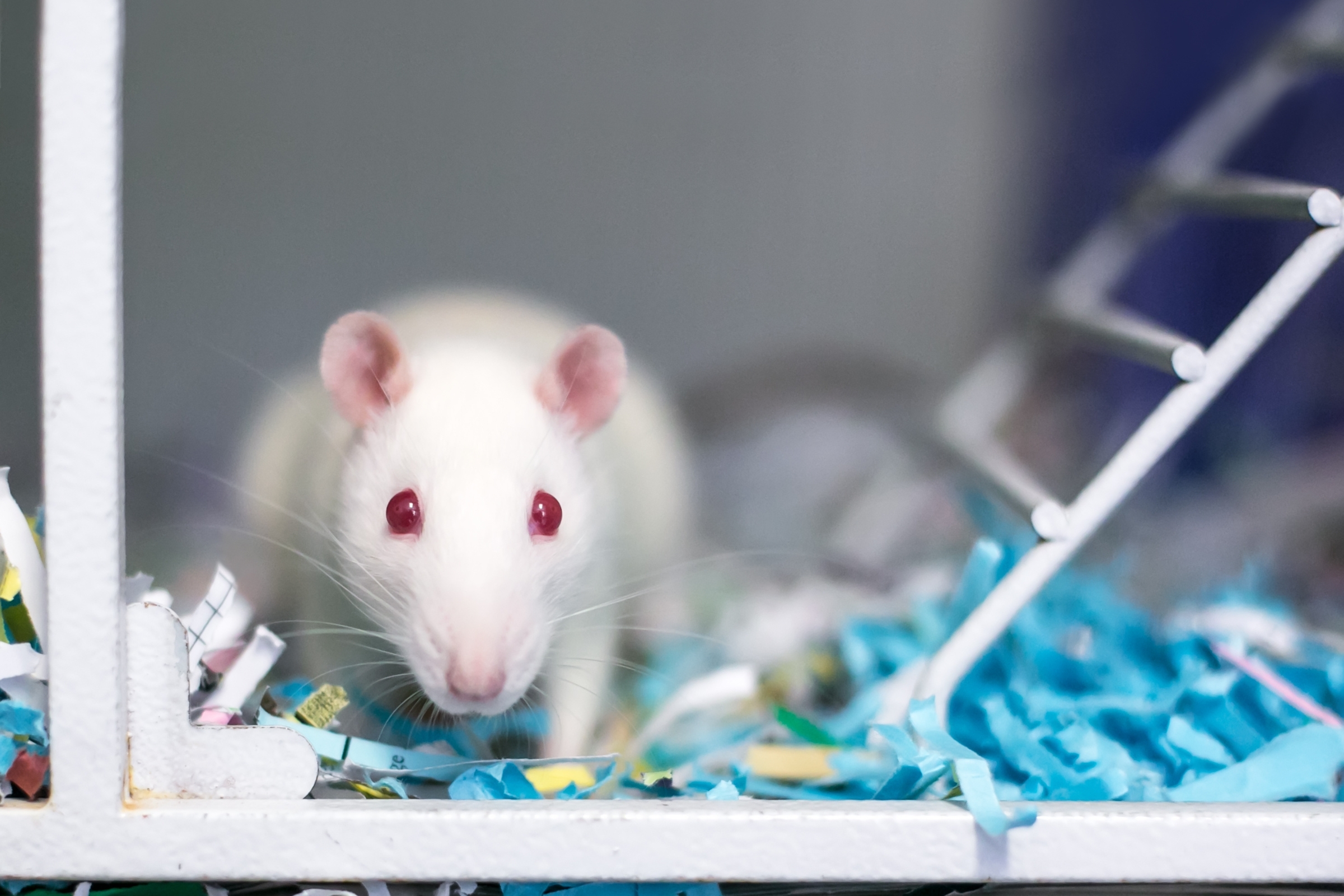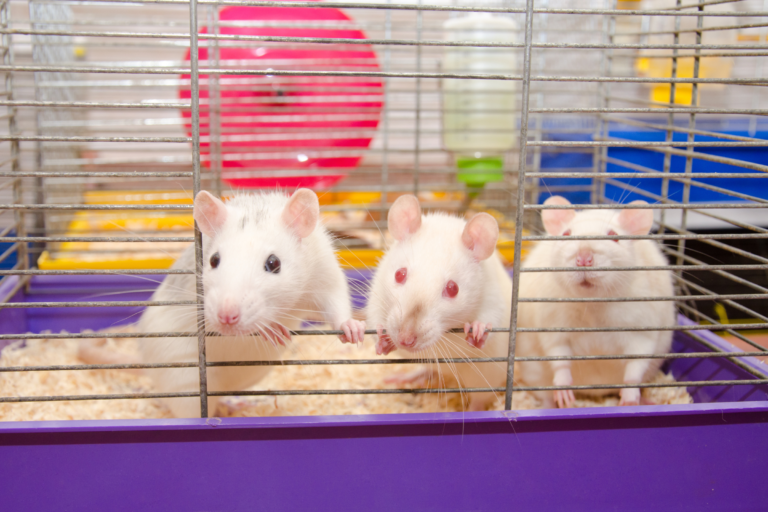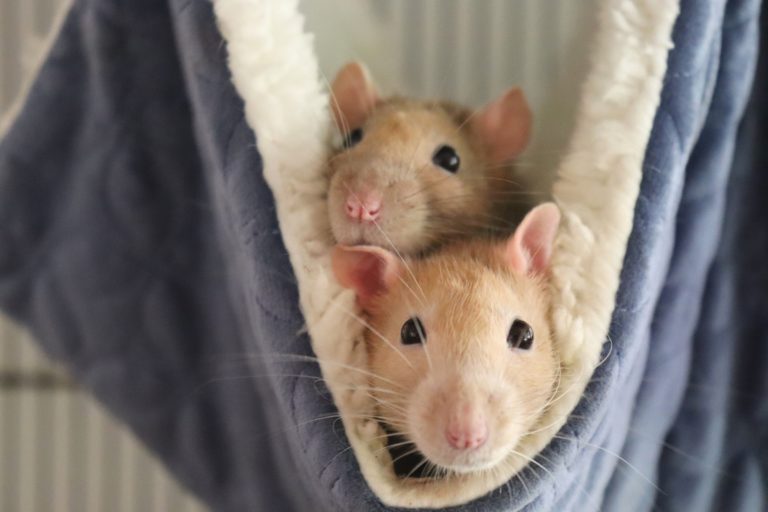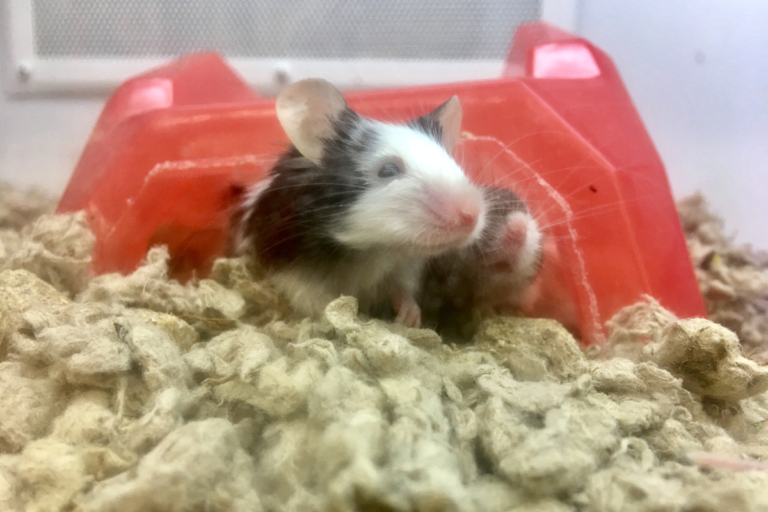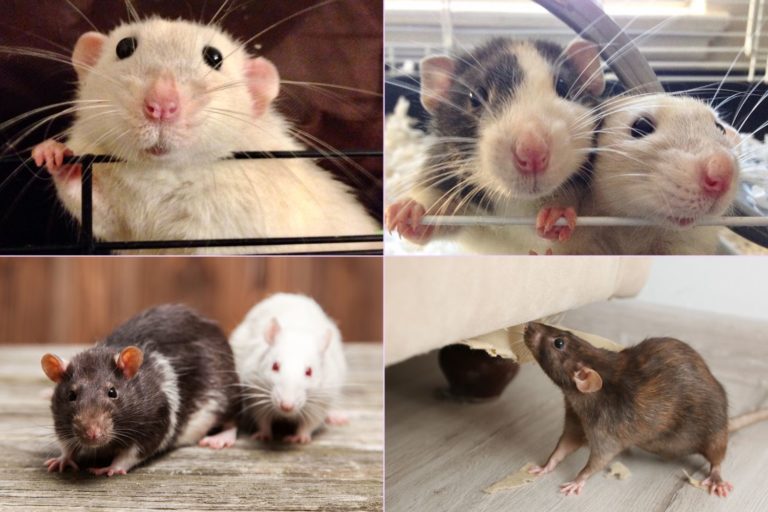Best Bedding for Pet Rats
Pet rats are becoming more and more popular these days. While some people might shudder at the idea of a pet rat, others realize that domesticated rats are sweet, intelligent, and actually extremely clean.
Part of helping your rats stay clean and healthy is ensuring they have good bedding in their enclosure. Below, we’ll share some information about what factors make bedding safe for rats and some of the best types of bedding available for rats.
Purpose of Bedding for Pet Rats
Like with any other pet substrate, bedding has an incredibly important purpose in your rats’ cage. The three primary things bedding acts as in your rats’ cage are:
- Substrate
- Litter
- Nesting material
The substrate is important because it protects your rats’ small, sensitive feet from the cold, hard bottom of their cage. It also helps keep them warm since they can burrow in it.
In addition to burrowing, your pet rats obviously relieve themselves like any other animal. Substrate helps absorb urine and feces so they don’t spread or smell throughout the cage. If you litter train your rats, you can have a specific area of the cage with bedding for them to use as a potty area.
Finally, rats love to sleep on their substrate. They may pull pieces into a corner to make a bed out of it to nest in. You should consider using multiple substrate types so your rats have options when it comes to their burrowing needs.
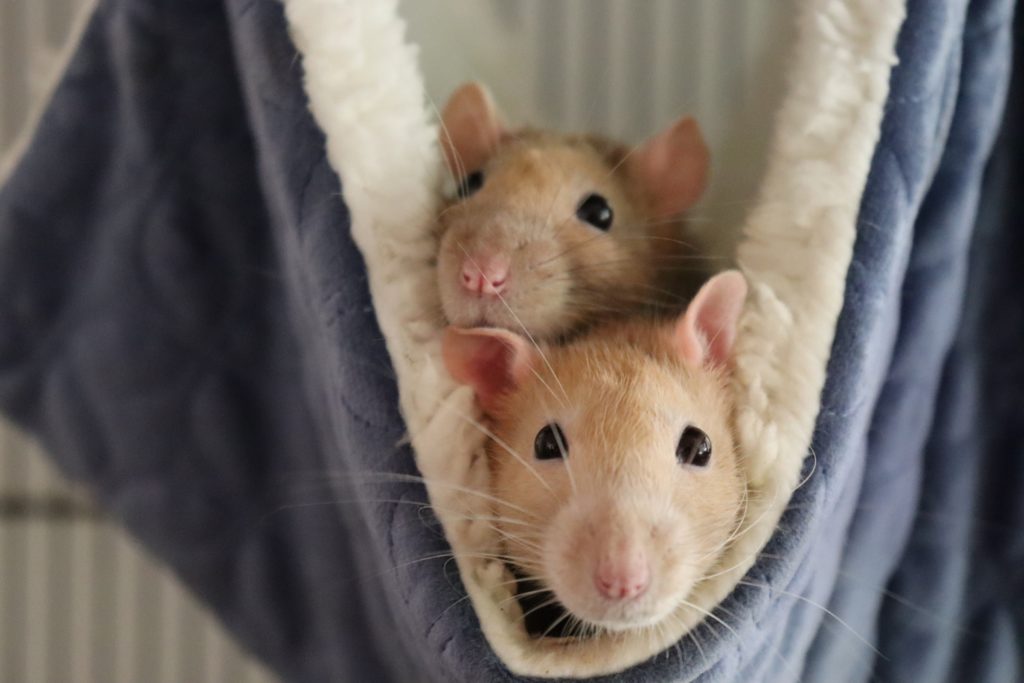
What Makes Good Rat Bedding?
You can’t just use any bedding at the store for your rats. For one, lots of pet bedding (including wood shavings) have strong scents on them to help mask odors.
These scents can irritate your rats’ noses and stress them out. Some substrates may also have residue or dust on them that can irritate your rats’ lungs as they breathe.
Good rat bedding needs to be soft, unscented, non-toxic, and at least somewhat absorbent. Coarse substrate is generally better than fine, as it reduces the chances of them accidentally inhaling small pieces.
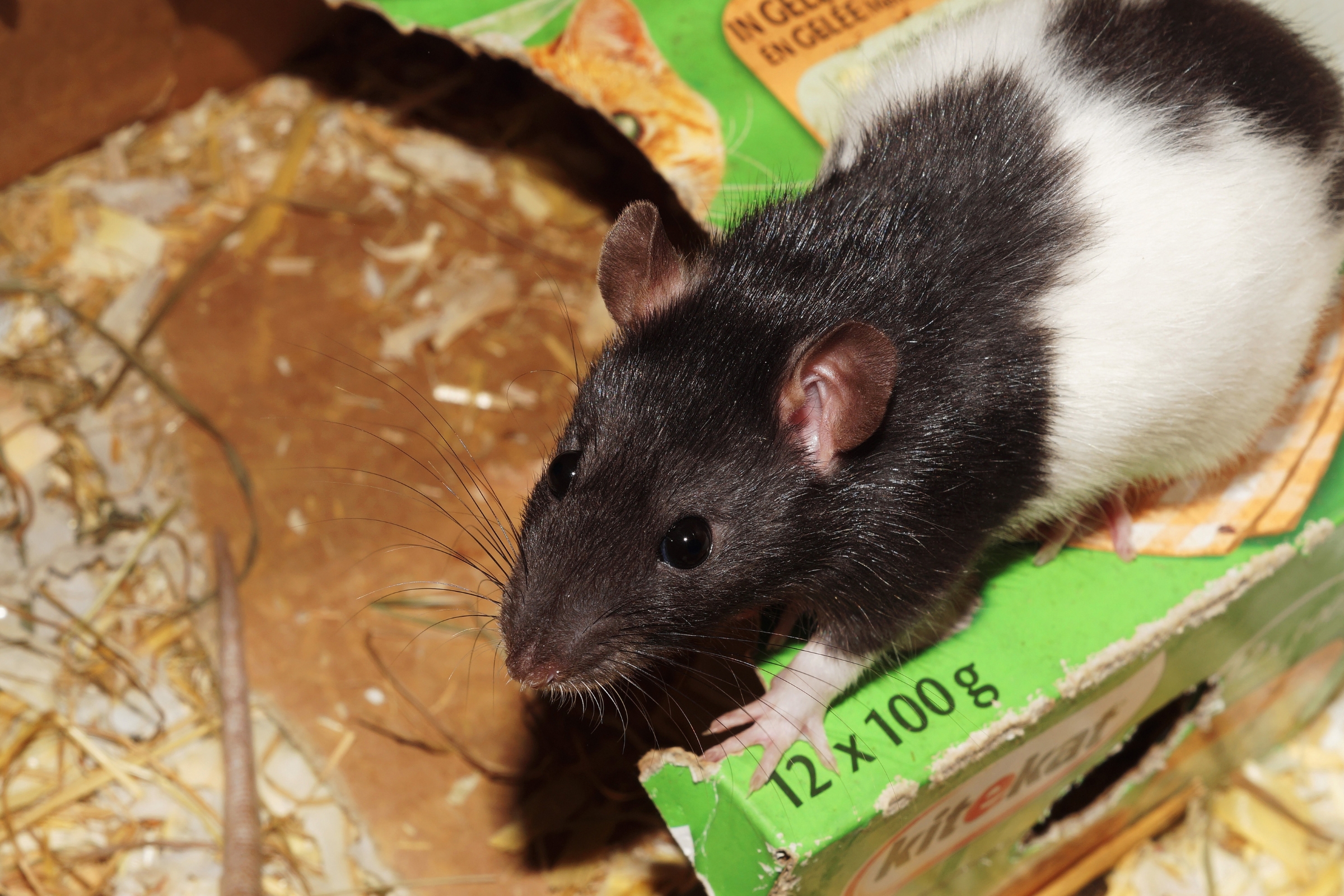
Types of Bedding for a Rat Cage:
1. Cardboard Bedding

Cardboard bedding is an affordable, non-toxic bedding for your rats. There are two main types of cardboard bedding:
- Shredded
- Squared
Squared cardboard bedding is often a bit harsher than shredded, so not everyone likes to use that type unless it’s for a specific purpose. Shredded cardboard is coarse but a bit softer, so it’s comfier for your rats to nest in.
However, you should carefully research where you get your cardboard bedding from, as not all cardboard is made the same. Lots of cardboard has glue applied to it in construction, so you may want to choose a different substrate type if your rats are particularly sensitive to their substrate.
2. Straw Pellet Bedding

One natural bedding that some rat owners prefer is straw pellet bedding. This bedding is made from compressed straw that is formed into small, absorbent pellet shapes.
This bedding is often dust-free and is enjoyed by rats since wheat straw is non-toxic if chewed on. I actually also use this exact bedding for my Flemish Giants‘ litterbox and they work great!
After all, lots of wild mice and rats often find themselves spending time in barns with lots of straw laying around, so it’s a good bedding choice for lots of pet rats.
3. Paper Bedding

Paper bedding is a common type of pet rat substrate. This type of bedding is affordable, natural, and easy to find at your local pet stores. However, there are a few different types of paper bedding out there.
The most common type that you can find at your local pet store is likely paper pellets, which are small, soft pieces of fluffy paper for your rats to snuggle into. However, you should ensure to only get paper pellets that are unscented and do not contain dyes. While lots of paper pellet bedding is attractive because of its many colors, these dyes can irritate your rat’s skin over time.
The other type of paper bedding is literal paper shreds. If you work in an office or have a personal shredder at home, this can be a great cheap option to give your rats some new nesting material.
However, you should only use shreddings from matte paper with non-toxic ink. If you aren’t sure what type of ink is used on the paper, don’t risk it.
While paper shreds may not be the best at absorbing, they can be fun for your rats to play with. Consider using it in addition to other substrate types to entertain your rat on a rainy day.
4. Cloth Bedding
Finally, cloth bedding is extremely popular with pet rats. Cloth is extremely soft, so your rats will love to burrow and nest in it on chilly days. There are a few ways you can go about using cloth bedding in your rats’ cage.
The first way is messier, but often more fulfilling for your rats. Shredded cloth is perfect for burrowing and making tunnels on the bottom of their cage. However, this cloth will get dirty quickly and realistically can’t be reused. It may be fun as an occasional treat for your rats, but using this bedding long-term can get expensive and become a hassle.
Most people who turn to cloth bedding simply lay down sheets of cloth on the bottom of their rats’ cages for them to run and lay on. However, you can’t just use any old cloth. The cloth you choose must be safe for them, so you should only consider natural cloth such as cotton or hemp. Fleece is also an option, but is not as absorbent as the others, so is a bad choice for rats that are not litter trained.
You also need to change your cloth regularly as it will get dirty fast. If your rats are litter trained, you can usually wash and reuse cloth pads for your rats. Make sure you throw away any cloth that has loose threads or holes, as they can quickly become a hazard for your rats.
Bedding is important to keep your rats cozy and healthy. Before you bring your new pet rats home, remember to prepare their cage with bedding that works for them and you. As long as it’s safe and affordable, any of these bedding types will work well for you.

